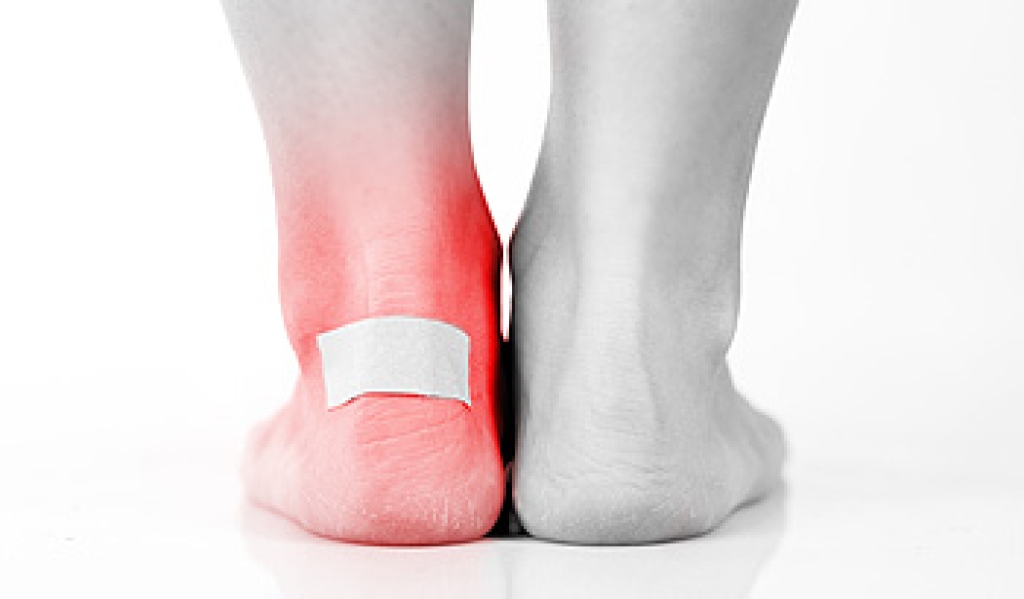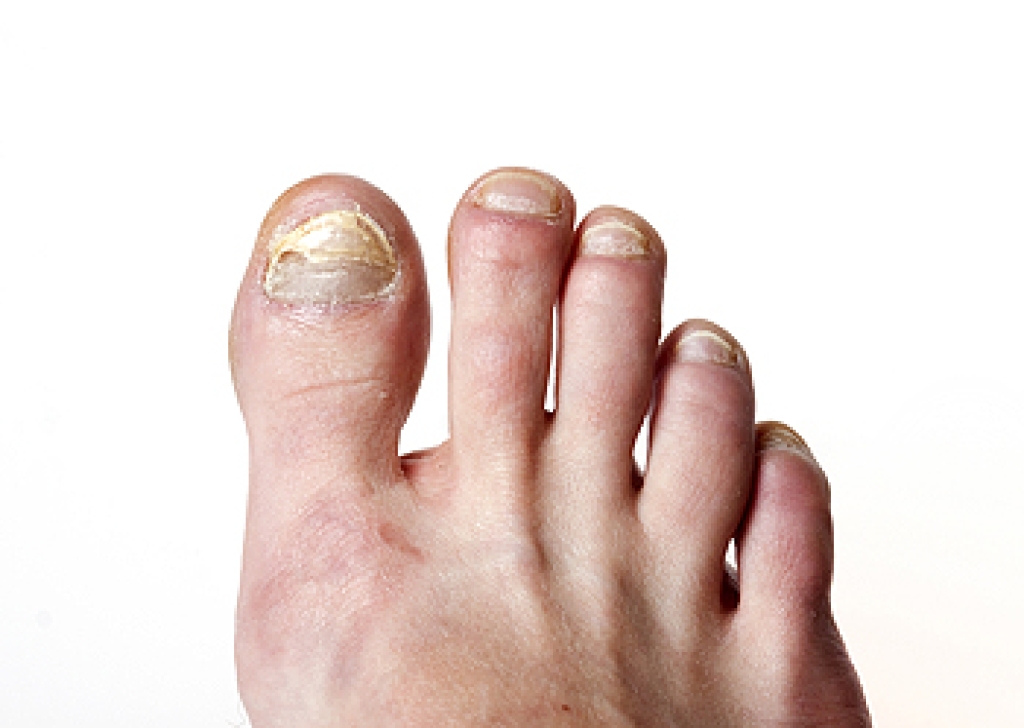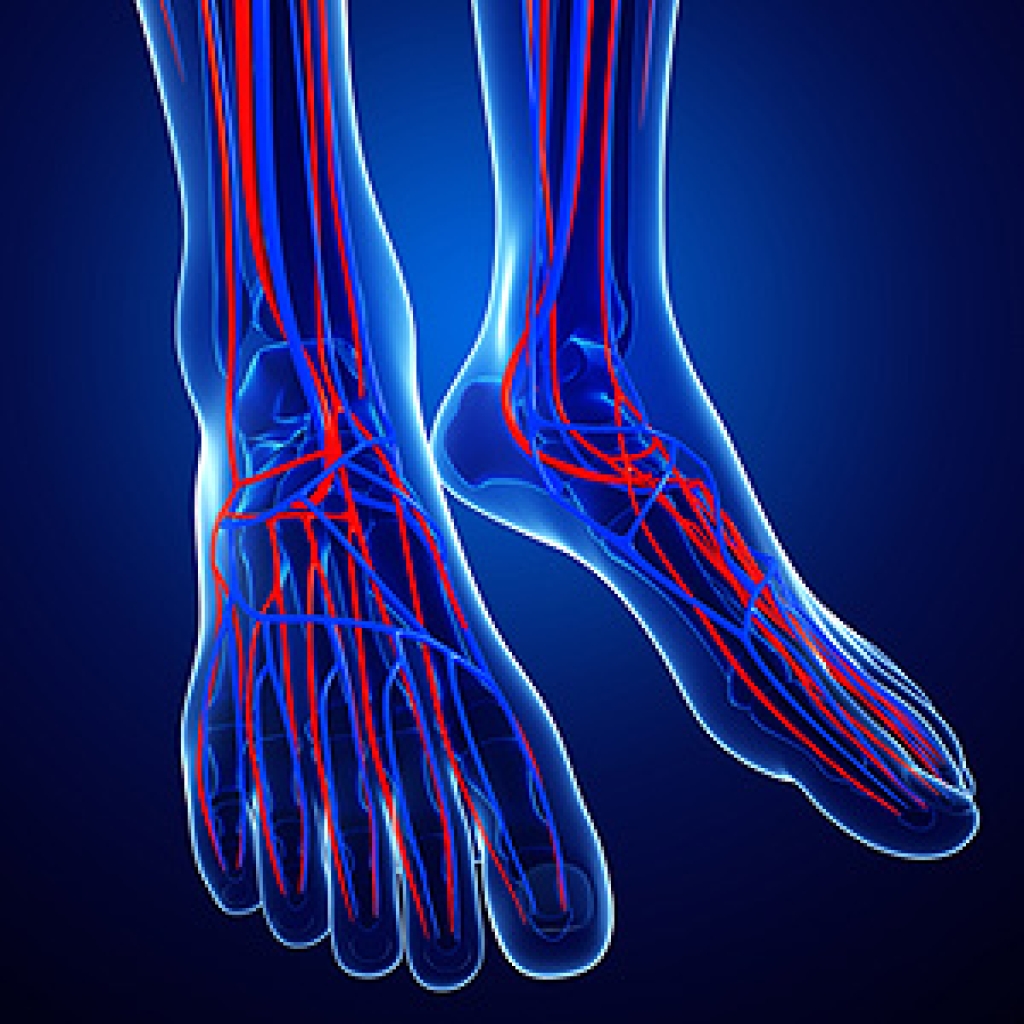 One of the medical conditions that children can suffer from is known as hand-foot-mouth disease. This is a viral infection, and often appears in the summer and fall. The symptoms many children experience include blisters that can form on the mouth, soles of the feet, and the palm of the hands. Additionally, some children may begin to cough, and can develop a fever. It is considered to be contagious, and can spread from sneezing, coughing, or talking. It is recommended that the child refrains from school activities until all signs of this condition are gone. If your child has a foot rash, it is strongly suggested that you seek the counsel of a podiatrist who can determine the cause.
One of the medical conditions that children can suffer from is known as hand-foot-mouth disease. This is a viral infection, and often appears in the summer and fall. The symptoms many children experience include blisters that can form on the mouth, soles of the feet, and the palm of the hands. Additionally, some children may begin to cough, and can develop a fever. It is considered to be contagious, and can spread from sneezing, coughing, or talking. It is recommended that the child refrains from school activities until all signs of this condition are gone. If your child has a foot rash, it is strongly suggested that you seek the counsel of a podiatrist who can determine the cause.
The health of a child’s feet is vital to their overall well-being. If you have any questions regarding foot health, contact one of our podiatrists of APEX Foot & Ankle Center. Our doctors can provide the care you need to keep you pain-free and on your feet.
Tips for Keeping Children's Feet Healthy
- Make sure their shoes fit properly
- Look for any signs of in-toeing or out-toeing
- Check to see if they have Clubfoot (condition that affects your child’s foot and ankle, twisting the heel and toes inward) which is one of the most common nonmajor birth defects.
- Lightly cover your baby’s feet (Tight covers may keep your baby from moving their feet freely, and could prevent normal development)
- Allow your toddler to go shoeless (Shoes can be restricting for a young child’s foot)
- Cut toenails straight across to avoid ingrown toenails
- Keep your child’s foot clean and dry
- Cover cuts and scrapes. Wash any scratches with soap and water and cover them with a bandage until they’ve healed.
If you have any questions, please feel free to contact our offices located in Fort Myers, Shellpoint, and Naples, FL . We offer the newest diagnostic and treatment technologies for all your foot care needs.
 Blisters
Blisters


